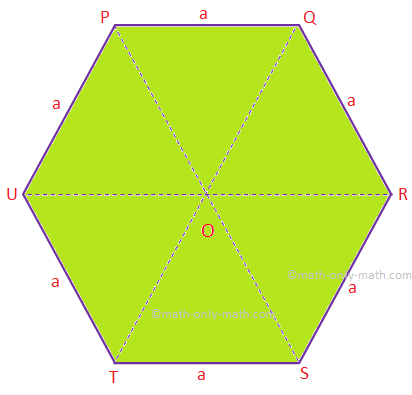

This involves the use of hexagons as the bin shape. Different sized shapes can be employed such as rectangles, diamonds, and hexagons.Ī hexbin map is the concatenated term for hexagonal binning. A graduated color classification is then employed to show visually which cells contain the largest number of points. Each cell in the grid is then assigned the number of points that falls within it. Binning involves overlaying a grid of uniform shapes onto a point dataset. It does not store any personal data.Binning is a cartographic technique for showing the density of point features. The cookie is set by the GDPR Cookie Consent plugin and is used to store whether or not user has consented to the use of cookies. The cookie is used to store the user consent for the cookies in the category "Performance". This cookie is set by GDPR Cookie Consent plugin. The cookie is used to store the user consent for the cookies in the category "Other. The cookies is used to store the user consent for the cookies in the category "Necessary".

The cookie is set by GDPR cookie consent to record the user consent for the cookies in the category "Functional". The cookie is used to store the user consent for the cookies in the category "Analytics". These cookies ensure basic functionalities and security features of the website, anonymously. Necessary cookies are absolutely essential for the website to function properly. A classic example of a tessellation is a tile floor in which the floor is covered in square tiles. We are not going to construct one, but you would follow the same steps used above to complete them.Ī tessellation is a tiled pattern created by repeating a shape over and over again, with no overlaps or gaps. With these types of tessellations, you can use a combination of three different shapes: the equilateral triangle, the square, and the hexagon. Semi-pure tessellations can also be created in Geometer’s Sketchpad. Patterns formed using two or more regular polygons are called semi-regular tessellations.Ĭan tessellation be created by using equilateral triangles? There are only three regular tessellations – those made up of equilateral triangles, squares and regular hexagons. What is tessellation formed by using regular polygons?Ī regular tessellation is a highly symmetric tessellation made up of congruent regular polygons. Therefore, there are only three regular tessellations. Hexagons that have six angles that are each 120 degrees can tessellate since 360 divided by 120 = 3.Ĭan a regular hexagon tessellate yes or no?Įquilateral triangles, squares and regular hexagons are the only regular polygons that will tessellate. Triangles with three angles that are 60 degrees can tessellate because 360 divided by 60 = 6. What does a hexagon tessellate with?ģ60 divided by 90 = 4 this is why squares are able to tessellate. Since 108 does not divide 360 evenly, the regular pentagon does not tessellate this way. In order for a regular polygon to tessellate vertex-to-vertex, the interior angle of your polygon must divide 360 degrees evenly. There are only three shapes that can form such regular tessellations: the equilateral triangle, square, and regular hexagon.Ī regular pentagon does not tessellate. Can a 12 sided shape tessellate?Įquilateral triangles, squares and regular hexagons are the only regular polygons that will tessellate.
#Create regular hexagon gsp5 series#
Not only do they not have angles, but you can clearly see that it is impossible to put a series of circles next to each other without a gap. Tessellations can be used for tile patterns or in patchwork quilts!Ĭircles or ovals, for example, cannot tessellate. You can even tessellate pentagons, but they won’t be regular ones. You can have other tessellations of regular shapes if you use more than one type of shape. Triangles, squares and hexagons are the only regular shapes which tessellate by themselves. But, if we add in another shape, a rhombus, for example, then the two shapes together will tessellate.Ī regular pentagonal tiling on the Euclidean plane is impossible because the internal angle of a regular pentagon, 108°, is not a divisor of 360°, the angle measure of a whole turn. A regular pentagon does not tessellate by itself. Therefore, every quadrilateral and hexagon will tessellate.


 0 kommentar(er)
0 kommentar(er)
